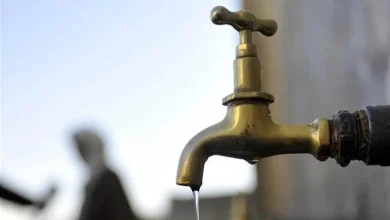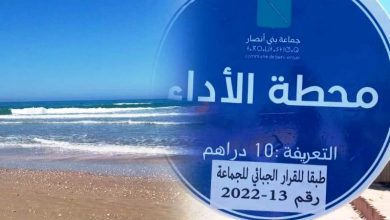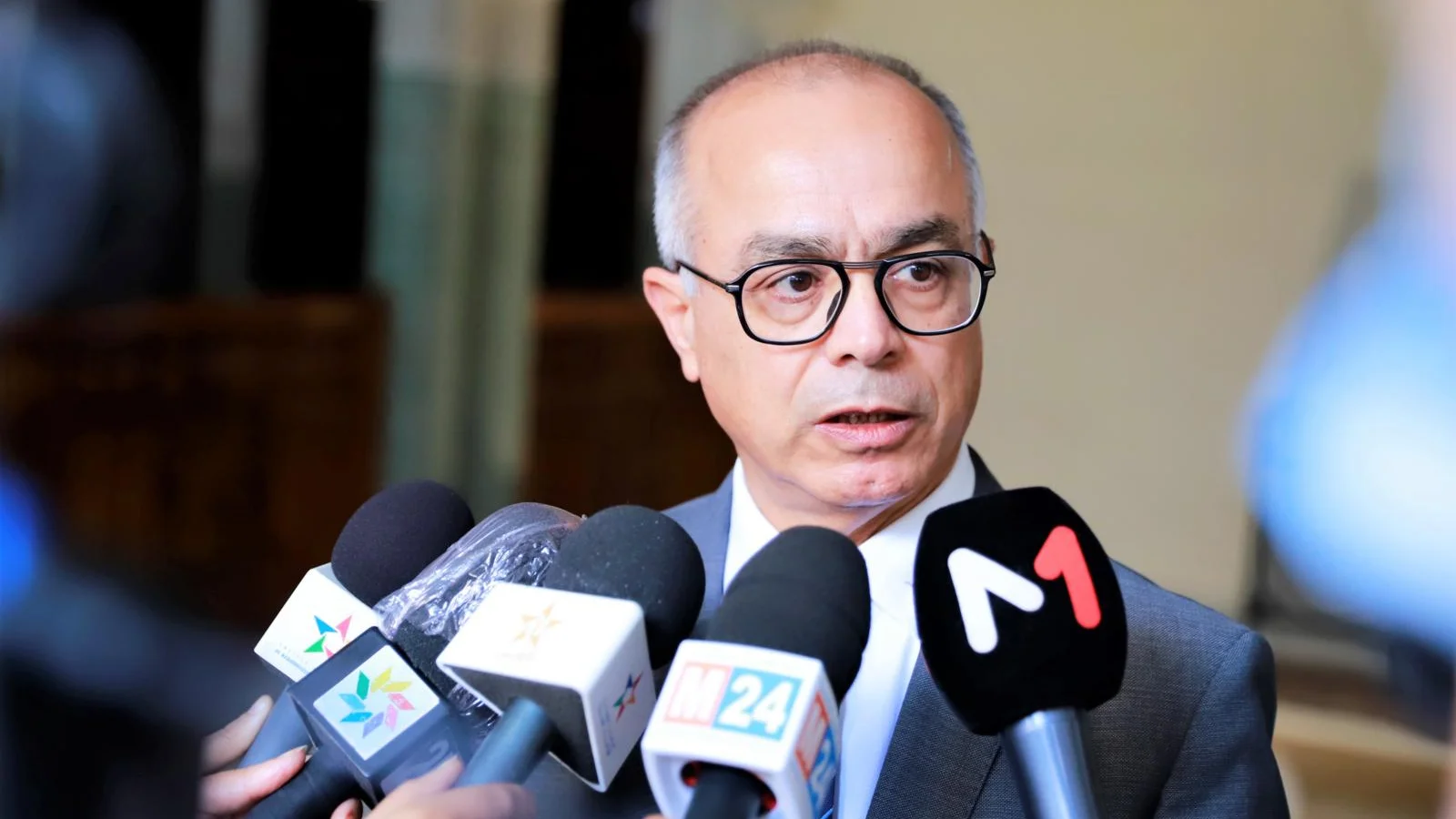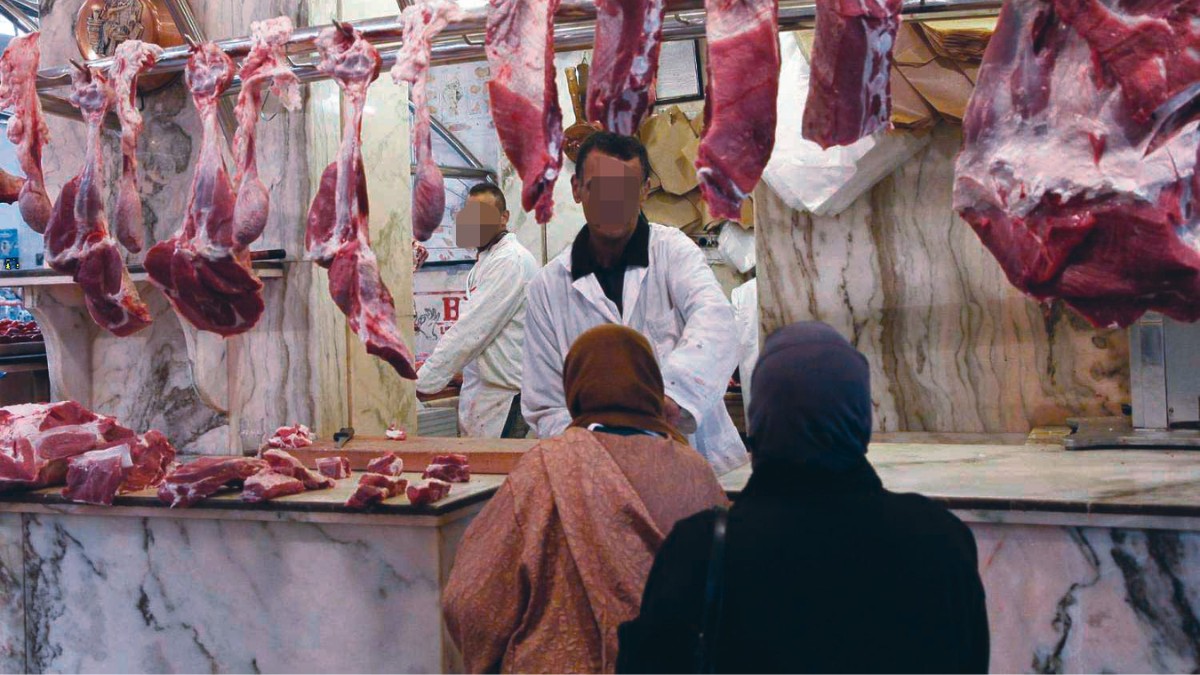The great Moroccan artists on the walls of the prestigious Museum of Modern Art in Paris
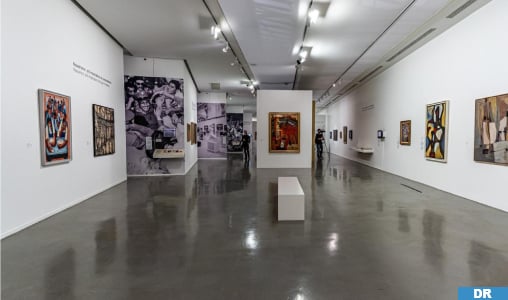
By Idriss TEKKI.
Paris- Dozens of works by great figures of Moroccan visual arts, representing different artistic schools, mark a remarkable presence at the prestigious Museum of Modern Art (MAM) in Paris.
The MAM offers, through the exhibition event “Arab presences – Modern art and decolonization – Paris 1908-1988”, to rediscover the diversity of Arab modernities in the 20th century and to renew the historical perspective on artistic scenes still little known in Europe .
Composed of a selection of more than 200 works, most of which have never been exhibited in France (paintings, sculptures, photographs, etc.), accompanied by historical sound and audiovisual archives, this exhibition, which continues until August 25, highlights the relationship of Arab artists with Paris throughout the past century.
It brings together artists of different nationalities, including around twenty Moroccans practicing painting and different forms of expression, Odile Burluraux, co-curator of the exhibition and curator of the MAM, explains to MAP.
This exhibition, which has been very well attended since its inauguration at the beginning of April and arouses great interest from a “very attentive, very curious and very attentive” public, according to Ms. Burluraux, shines the spotlight on more than 130 artists whose works constitute an “essential contribution to the Arab avant-gardes and to the history of modern art of the 20th century”, highlighting the essential role played since the 1920s by Paris, breeding ground for anticolonial networks and the home of new cosmopolitan modernities.
Among these artists are Mohamed Atallah, Farid Belkahia, Ahmed Cherkaoui, Fouad Bellamine, André Elbaz, Jilali Gharbaoui, Ahmed Louadriri, Mohamed Melihi and Chaïbia Tallal.
The latter, moreover, occupies an “important” place in this exhibition which gives a lot of visibility to this self-taught artist, who left her mark on the national artistic scene, but also to women artists and subjects relating to women, specifies the co-curator.
The exhibition thus explores another history of modern art, illuminated by numerous historical sound and audiovisual archives present along the route.
Structured chronologically, it begins in 1908, the year of the arrival of the Lebanese poet and artist Khalil Gibran in Paris and the opening of the Cairo School of Fine Arts, and ends in 1988, with the first exhibition devoted to contemporary Arab artists at the Institut du Monde Arabe inaugurated a few months earlier. This is the exhibition Singuliers: raw or naive, with among others the Moroccan artist Chaïbia Tallal and the Tunisian artist Jaber Al-Mahjoub, presented at the children’s museum of the Museum of Modern Art in Paris.
If the works on display come mainly from large regional collections and French private and public collections, some of them were loaned for the occasion by the families of the artists, particularly Moroccans, notes Ms. Burluraux.
Built around different trajectories of artists who studied in the fine arts schools of their countries before coming to study and settling in Paris to continue their training, the chronological journey of the exhibition unfolds in four chapters: 1 – Nahda: Between Arab cultural renaissance and Western influence, 1908-1937; 2- Farewell to orientalism: The avant-gardes counterattack; 3 – Decolonizations: Modern art between local and global; 4- Art in struggle: From the Palestinian cause to the “Arab apocalypse”, 1967-1988.
“It is a very long work which was prepared through the consultation of many archives and the meeting with many artists”, with an important place for women artists and subjects relating to women, adds the co- curator of the exhibition.

